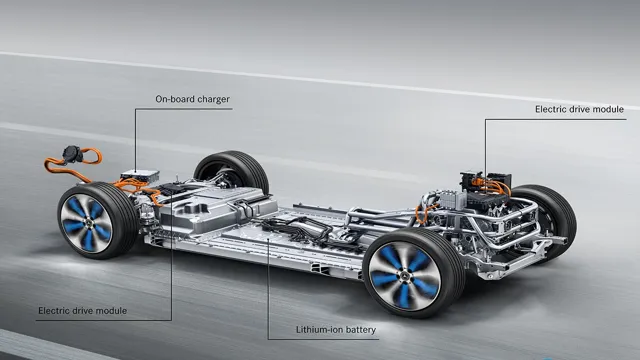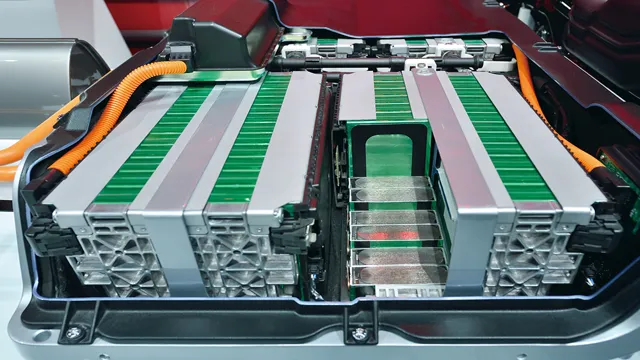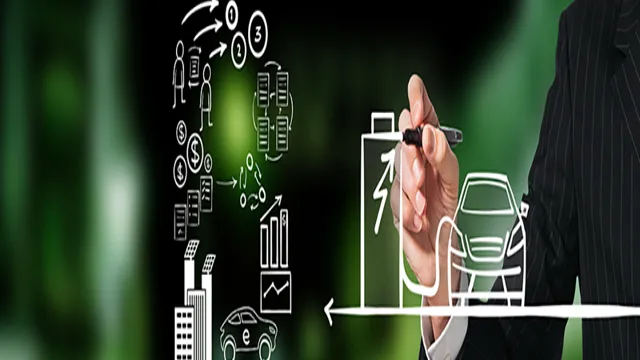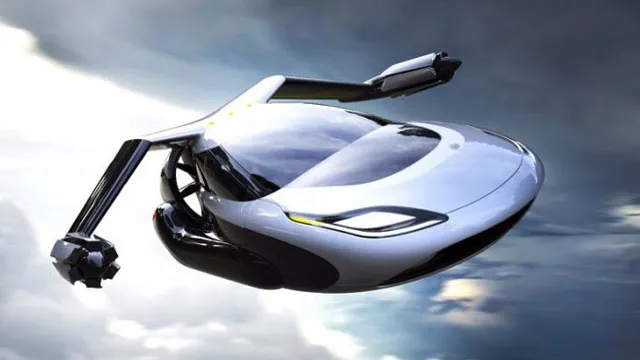Revolutionizing Home Energy: Electric Car Technology to Power your living space
Imagine being able to power your entire home with your electric car. Well, with the latest electric car technology, that could become a reality. The idea is simple: when you’re not using your electric car, it sits idle in your garage, which means its battery is not being utilized to its full potential.
But, with the right equipment, you can use your electric car’s battery to power your home during peak hours or even during power outages. This is known as vehicle-to-grid technology (V2G), and it’s changing the game for home energy management. In this blog post, we’ll dive into the world of electric cars, home energy management, and V2G technology to see how you could benefit from this innovative way of using your electric car.
Benefits of using electric car technology at home
Electric car technology has been changing the way we think about power sources and sustainability. With electric vehicles becoming increasingly popular, it’s no surprise that these batteries are also being used to power homes. By using electric car technology at home, you can save money on your energy bills while reducing your carbon footprint.
Imagine being able to use your car’s battery to power your home during an outage or when you need extra electricity for appliances. Not only is this an eco-friendly option, but it’s also extremely convenient. There are also options for installing solar panels to charge your electric vehicle, making your home even more self-sufficient and sustainable.
By incorporating electric car technology at home, you can reap the benefits of cutting-edge technology while making a positive impact on the environment.
Savings on electricity bills
Electric cars have revolutionized the way we think about transportation and sustainability. But did you know that this technology can also benefit you at home? Using electric car technology can provide savings on your electricity bills, making it a practical and cost-effective solution for many homeowners. How does it work? By using the same principles that keep electric cars moving, you can store energy during off-peak hours when electricity is less expensive and use it during peak hours when it’s more expensive.
This technology can also help reduce your carbon footprint, as it encourages the use of renewable energy sources such as solar panels. It’s a win-win for both your wallet and the environment. So why not consider using electric car technology in your home today?
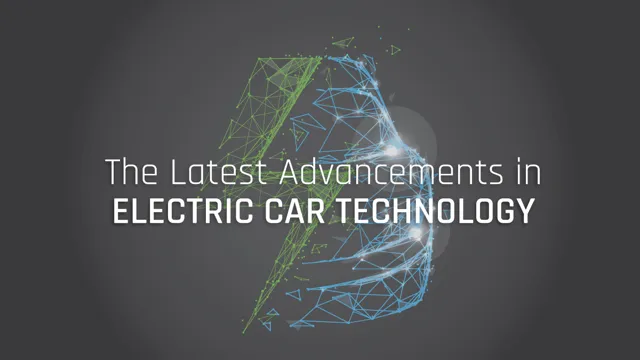
Reduced carbon footprint
Switching to electric car technology has a multitude of benefits for homeowners, including significantly reducing their carbon footprint. Fossil fuels are a major source of carbon emissions, and traditional gas-powered vehicles are a major contributor. By utilizing electric cars, homeowners can significantly reduce their carbon emissions and contribute to a cleaner environment.
Additionally, electric cars are more energy-efficient than their gas-powered counterparts, meaning homeowners can save money on fuel costs in the long run. With a growing number of charging stations available, it’s becoming easier than ever to make the switch to electric cars, and the benefits are clear. By taking this important step, homeowners can take an active role in reducing their impact on the environment and enjoying a more sustainable, cost-effective lifestyle.
How it works
Electric car technology has evolved beyond just transportation; it can now power a home. The concept works by using the electric car’s battery to store excess electricity generated by solar panels on the home’s roof or from the grid during off-peak periods when energy prices are cheaper. When demand for electricity exceeds supply, the battery can be used to power the home.
The technology is known as vehicle-to-home (V2H) and allows the homeowner to save money on energy bills while also reducing their carbon footprint. The V2H system requires a special charger that can convert the car’s DC power into AC power suitable for household use. The charger also ensures that the car’s battery is always charged enough to be used for transportation if needed.
Overall, electric car technology is changing the way we think about powering our homes and could lead to a more sustainable future.
Installing a home charger
Installing a home charger is a crucial step towards embracing the future of sustainable energy. It’s a fairly simple process that involves hiring a certified electrician to install a Level 2 charger in your garage or driveway. This charger requires a 240-volt outlet (similar to the one your dryer uses) to deliver power to your electric vehicle.
Once installed, the charger will bring your car up to 25 miles of range per hour of charging. This means that with a 4-hour charge, you can comfortably drive up to 100 miles. Furthermore, the home charger allows you to seamlessly integrate your electric car into your lifestyle and eliminate the need to visit public charging stations.
It’s important to ensure that the charger is compatible with your car’s make and model to get optimal charging speeds. Installing a home charger will not only simplify your charging routine but also contribute to the transition towards a cleaner, greener future.
Connecting the electric vehicle to the home network
The process of connecting your electric vehicle to your home network may seem complicated at first, but it’s actually quite simple. You’ll need to install a charging station at your home, and then connect it to your Wi-Fi network. This will allow you to monitor and control the charging process from your smartphone or computer.
Some charging stations even come with their own apps that can help you manage your charging sessions and keep track of your electricity usage. With a connected charging station, you’ll be able to schedule your charging sessions, monitor your vehicle’s battery life, and even receive notifications when your vehicle is fully charged. This technology not only makes it easier to charge your electric vehicle, but it also helps you save money by allowing you to take advantage of off-peak electricity rates.
So why not make the switch to a connected charging station and start reaping the benefits today?
Managing energy consumption through smart systems
Smart systems have made it possible to manage energy consumption in our homes and businesses more effectively than ever before. These systems use a combination of sensors, machine learning algorithms, and automated controls to optimize energy usage while minimizing waste. For example, a smart thermostat can detect when a room is empty and adjust the temperature accordingly, while a smart lighting system can turn off lights in unoccupied areas.
By reducing energy consumption during periods of low demand, smart systems can also help to lower overall energy costs and reduce strain on the grid. This is especially important as we look for ways to transition to more sustainable forms of energy. With smart systems, we can take an important step towards a cleaner and more efficient energy future.
Compatibility with different electric vehicle models
Electric car technology has brought about a significant change in the world of transportation. More and more people are turning to electric vehicles to reduce their carbon footprint and contribute towards a cleaner environment. However, choosing an electric car can be a daunting task given the numerous models available in the market.
The good news is that advancements in technology have made it possible for electric car owners to power their homes using their vehicles. This means that irrespective of the make and model of your electric car, it can be used as a reliable and cost-effective source of energy. So whether you choose a Tesla, Nissan, or any other electric car, you can rest assured that it will be compatible with most home charging units, making it easier for you to reduce your dependency on traditional power sources.
Charging options and speeds
When it comes to charging electric vehicles, compatibility is key. Different electric vehicle models may have varying charging options and speeds, so it is important for drivers to understand what charging options are available for their specific vehicle. Some electric vehicles may be compatible with both Level 2 and DC fast charging, while others may only be able to use Level 2 charging.
It’s also important to consider the charging speed, which can depend on the vehicle’s battery size and charging capabilities. It’s a bit like matching a plug to an outlet – you want to make sure you have the right combination for the most efficient and effective charging experience.
Integration with home solar panels
One of the most significant advantages of owning an electric vehicle (EV) is its compatibility with home solar panels. EV owners can install solar panels on the roof and use the energy produced to charge their vehicles. This integration helps in reducing carbon footprint and saving a considerable amount on monthly energy bills.
However, not every electric vehicle model is compatible with solar panel installation. Several factors come into play, such as the size of the battery and charging speed. Tesla models, for example, have larger batteries and faster charging speeds, making them more suitable for solar pairing.
On the other hand, smaller EV models may not be as compatible due to their limited battery capacity and slower charging times. It’s essential to consult with a solar panel installer with expertise in EV charging to determine the optimal setup for your specific vehicle model. Overall, integrating home solar panels with electric vehicles is a fantastic way to reduce dependence on non-renewable energy and protect our planet.
Future of electric car technology at home
Electric car technology is changing the way we think about power consumption in our homes. With advances in electric vehicle (EV) batteries and charging capabilities, homeowners can now use their cars to power their homes. This technology is known as vehicle-to-home (V2H) and allows EV owners to use their car battery as a backup power source or even a primary power source during times of high energy demand.
By installing an inverter, which converts DC power from the car battery to AC power for the home, homeowners can essentially turn their car into a mobile power station. This technology has the potential to revolutionize the way we think about energy consumption, making our homes more resilient during power outages, and reducing our reliance on the grid. As more electric cars hit the road and V2H technology becomes more common, the future of power consumption in our homes looks bright.
Conclusion
In conclusion, with electric car technology powering homes, the future is looking brighter and cleaner than ever before. No longer will our vehicles be solely for transportation, but rather they will serve a dual purpose, providing us with sustainable energy solutions for our homes too. So the next time you plug in your electric car, remember that you’re not just powering your commute, you’re also powering your home, because when it comes to renewable energy, the possibilities are truly electric!”
FAQs
What is electric car technology powering at home?
Electric car technology can power homes when connected to home battery storage systems, allowing homeowners to use their electric cars as backup power during power outages.
Can electric car technology completely power a home?
Yes, electric car technology can completely power a home when used with a home battery storage system. Some homeowners have even gone completely off the grid using electric car batteries as their main source of power.
How does electric car technology benefit the environment when powering homes?
When electric car technology powers homes, it uses clean energy from the car’s battery instead of traditional fossil fuels. This helps reduce carbon emissions and decrease a household’s carbon footprint.
Is it expensive to use electric car technology to power a home?
The cost of using electric car technology to power a home can vary based on the size of the home, the energy needs of the household, and the cost of the battery storage system. However, over time, it can provide cost savings on energy bills and can also serve as a backup power source during power outages.

